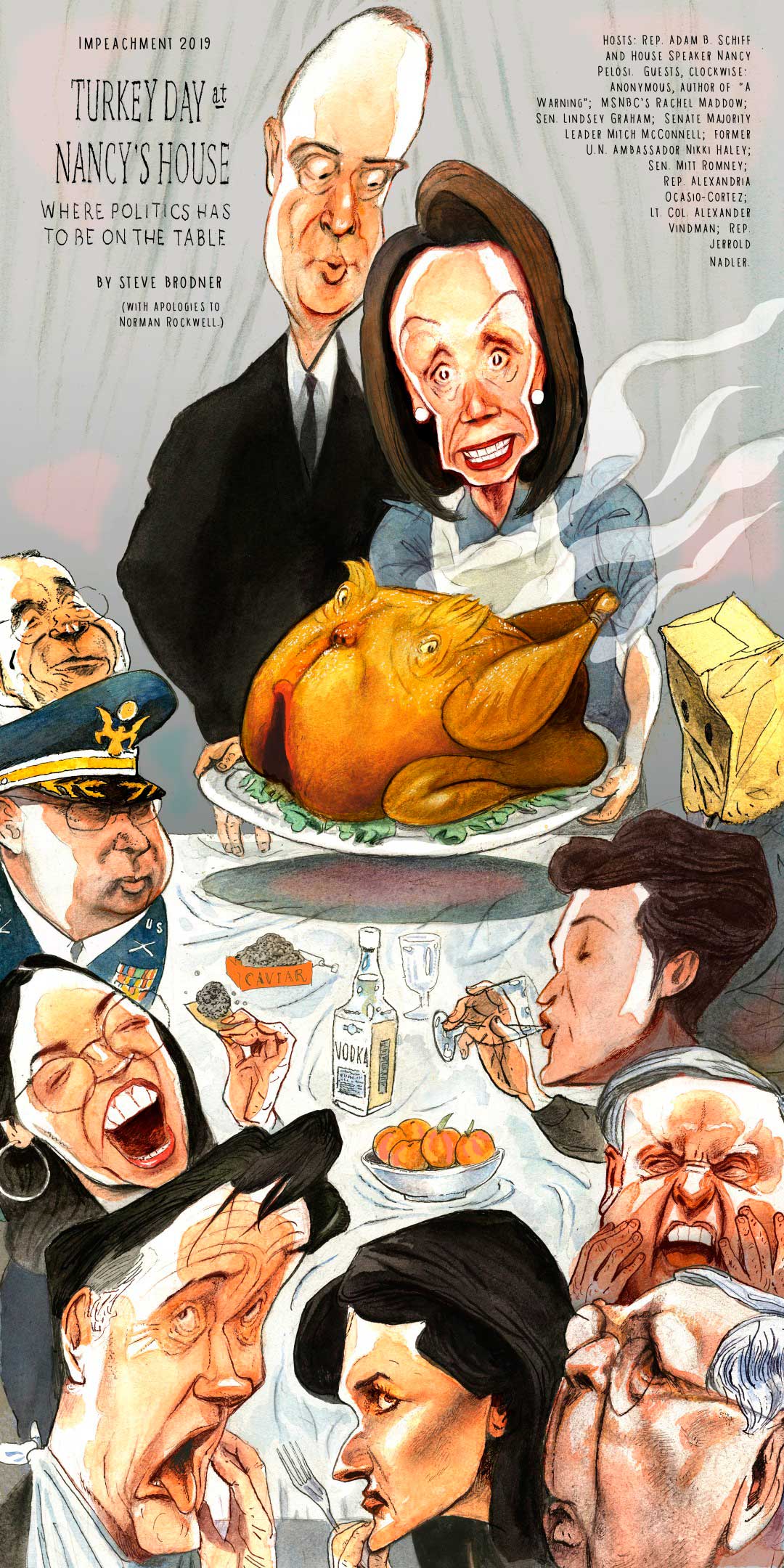Gilad Shalit, an Israeli soldier, was seized by Hamas in June, 2009 and dragged, wounded, into Gaza where he has languished ever since. International voices have called out for his release. Negotiations for a prisoner exchange by Israel and the Gaza leadership are apparently stuck.
“When making this piece I wanted to emphasize that Gilad Shilat is trapped. Piping and stray wires take up the majority of this composition. They have a spider web like feel about them. Shilat is without contact with his family or even the International Red Cross. His health is unknown, but I chose to show him in decent health, only a bit weakened by his conditions. My prayers go out to Gilad Shalit and his family.”
Cannaday Chapman was born in Huntington, West Virginia and raised in Upstate New York. He Studied communications design at Pratt/Munson Williams Proctor Art Institute before receiving a BFA from New York City’s School of Visual Arts.
Cannaday has had work published in a variety of different markets including educational, editorial, and advertising.
From the NY Times:
Gilad Shalit, an Israeli soldier, was seized from Israeli territory by Hamas and other Palestinian militant groups in a cross-border raid and was dragged into Gaza, wounded, in June 2006. He has been a hostage of Hamas since then. Sergeant Shalit has been promoted to staff sergeant from corporal during his captivity. Efforts to end his prolonged incarceration in Gaza have become an emotional cause in Israel.
In October 2010, Israel renewed contacts with a German mediator, a move that could lead to an agreement to release Sergeant Shalit in exchange for Palestinian prisoners. The effort came at a time of uncertainty surrounding the stalled Israeli-Palestinian peace talks. Hamas opposes Israel’s existence and the peace talks with the Palestinian leadership in the West Bank, but is nonetheless interested in a prisoner exchange.
Hamas won Palestinian parliamentary elections in 2006 and then took full control of Gaza in 2007, routing the Palestinian Authority forces loyal to President Mahmoud Abbas of the rival group Fatah.
A prisoner exchange deal had seemed close in late 2009, but the talks collapsed. Israel and Hamas each accused the other of failing to reach agreement. Israel has expressed readiness for a prisoner exchange, but has balked at releasing some of those demanded by Hamas, including those whom Israel has convicted as planners and perpetrators of some of the deadliest terrorist attacks in recent years.
In late 2009, Israel released 20 Palestinian women from its jails in exchange for a videotape of Sergeant Shalit that proved he was alive.
The Israeli government is under constant pressure to arrange the soldier’s release. But despite the popular support here for some kind of a deal, many also have qualms about releasing some of the most notorious prisoners.
Tens of thousands of Israelis joined the Shalit family this summer for parts of a 12-day march from their home in northern Israel to Jerusalem to draw attention to their son’s plight. The soldier’s parents spent days in a tent on a sidewalk near the prime minister’s residence.
Noam Shalit, the captured soldier’s father, said he knew of no progress toward his son’s release and that as far as he was aware, the negotiations were “stuck.”
Gilad Shalit’s family lives in Mitzpe Hila, a small village in the western Galilee near the Lebanese border. He grew up playing basketball and soccer with the neighborhood kids. In high school he was known as a whiz in physics and math who would patiently tutor his friends before tests. A dedicated basketball fan, he would wake up in the middle of the night to watch N.B.A. games broadcast live from the United States.
Following the example set by his older brother and his classmates, Sergeant Shalit signed up for a combat unit when he was drafted into the army in 2005. Like his uncle before him, he joined the tank division.




